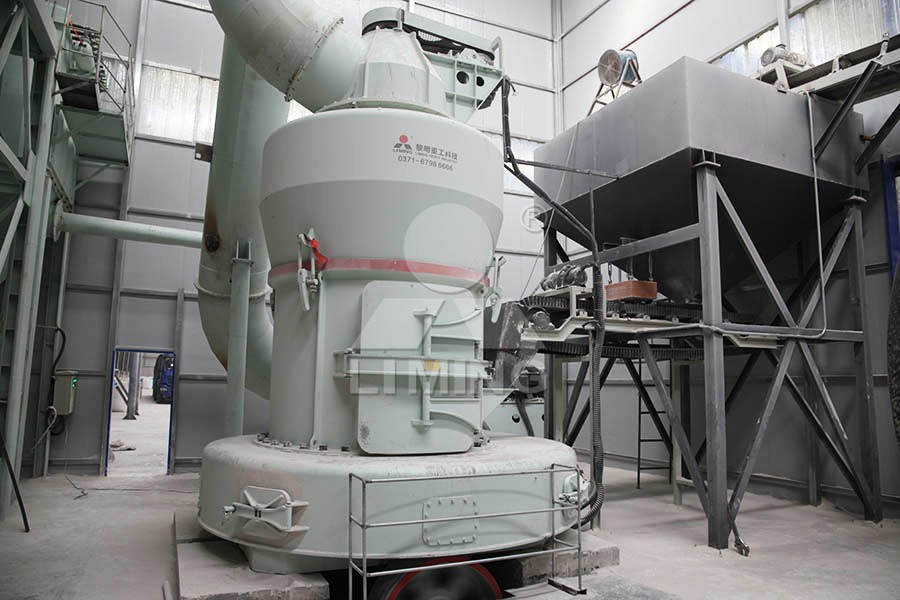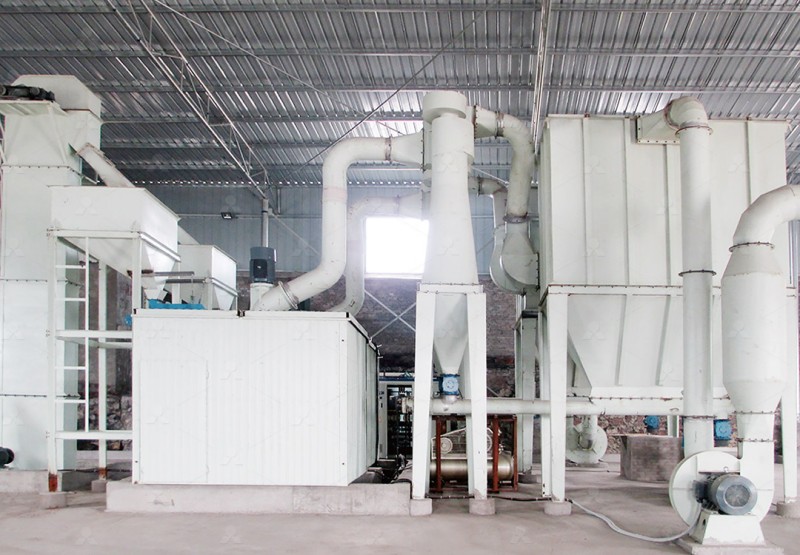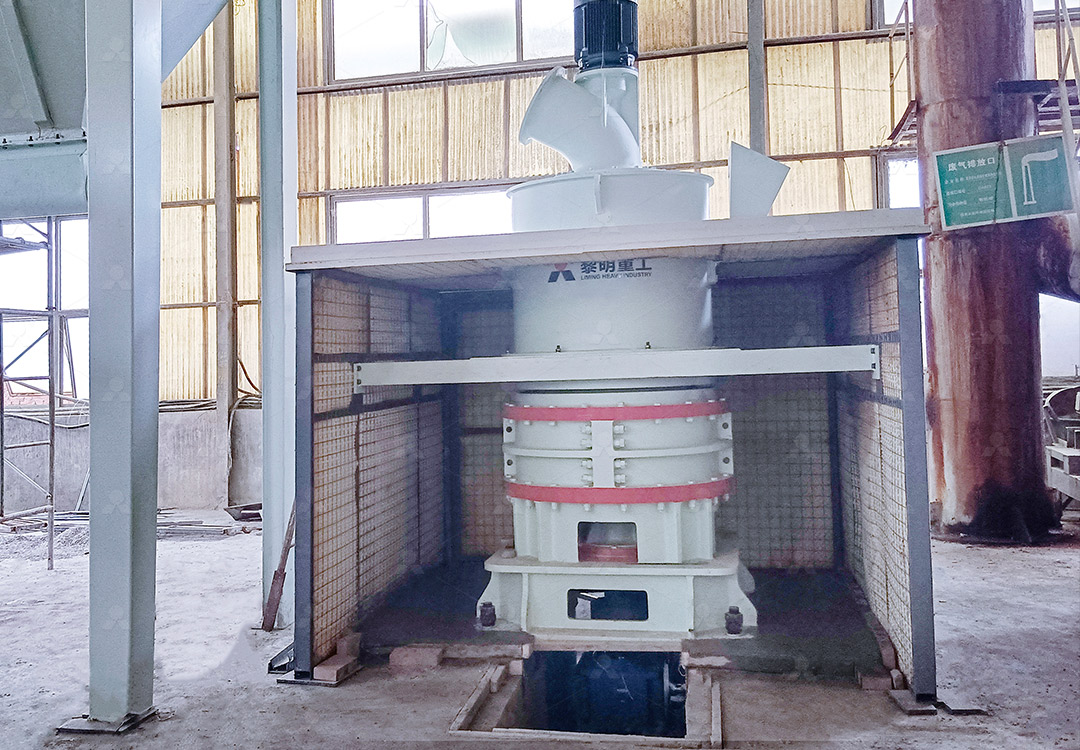400 Mesh Feldspar Grinding Mill: Price and Key Specifications
Understanding 400 Mesh Feldspar Grinding Requirements
When processing feldspar to 400 mesh specifications, selecting the appropriate grinding equipment becomes paramount for achieving optimal product quality and operational efficiency. Feldspar, being one of the most abundant minerals in the earth’s crust, requires specialized milling solutions to transform it into fine powders suitable for various industrial applications including ceramics, glass manufacturing, and fillers.

Key Considerations for Feldspar Grinding
Several critical factors influence the selection of grinding equipment for feldspar processing. The hardness of feldspar, which typically ranges between 6 and 6.5 on the Mohs scale, demands robust grinding mechanisms. Additionally, the desired fineness of 400 mesh (approximately 38 microns) requires precise classification systems to ensure consistent product quality. Other considerations include production capacity requirements, energy consumption efficiency, and the need for environmentally friendly operation with minimal dust emission.
Recommended Solution: MW Ultrafine Grinding Mill
For operations requiring 400 mesh feldspar powder, our MW Ultrafine Grinding Mill presents an ideal solution. This advanced grinding system is specifically engineered for customers who need to produce ultra-fine powder with exceptional efficiency. With an input size capability of 0-20 mm and capacity ranging from 0.5 to 25 tph, the MW series accommodates various production scales while maintaining consistent output quality.

Technical Advantages for Feldspar Processing
The MW Ultrafine Grinding Mill incorporates several proprietary technologies that make it particularly suitable for feldspar applications. The newly designed grinding curves of the grinding roller and grinding ring significantly enhance grinding efficiency. Comparative analysis demonstrates that with the same fineness and power consumption, the production capacity is 40% higher than jet grinding mills and stirred grinding mills, while delivering twice the output of traditional ball grinding mills.
What truly sets the MW series apart is its adjustable fineness capability between 325-2500 meshes, comfortably encompassing the 400 mesh requirement for feldspar. The cage-type powder selector, incorporating German technology, ensures precise powder separation with screening rates achieving d97≤5μm in a single pass. This precision directly translates to consistent product quality and reduced energy consumption.
Operational and Environmental Benefits
From an operational standpoint, the MW Ultrafine Grinding Mill eliminates common maintenance concerns through its innovative design without rolling bearings and screws in the grinding chamber. This design philosophy prevents damage to bearing components and eliminates machine failures caused by loose screws. The external lubrication system enables continuous 24-hour operation without shutdowns for maintenance.
Environmental compliance is achieved through integrated pulse dust collection technology that ensures dust-free operation throughout the entire milling process. Combined with silencers and noise elimination rooms, the system operates well within national environmental protection standards, making it suitable for various geographical locations with strict regulatory requirements.
Alternative Solution: LUM Ultrafine Vertical Grinding Mill
For operations with space constraints or specific layout requirements, our LUM Ultrafine Vertical Grinding Mill offers another excellent option for 400 mesh feldspar processing. With an input size of 0-10 mm and capacity ranging from 5-18 tph, this vertically oriented grinding solution integrates ultrafine powder grinding, grading, and transporting in a single compact unit.

The LUM series incorporates the latest grinding roller technology from Taiwan and German powder separating technology, delivering higher yielding rates and better product quality. Its unique roller shell and lining plate grinding curve design facilitates easier material layer generation, enabling high rates of finished products through single-pass powder milling. The multi-head powder separating technology, controlled by a PLC system, reduces energy consumption by 30%-50% compared to conventional grinding mills.
Investment Considerations and Pricing Factors
The pricing for 400 mesh feldspar grinding mills varies based on several factors including production capacity requirements, automation level, and specific configuration options. Generally, investments in modern grinding technology like the MW and LUM series demonstrate rapid return on investment through energy savings, reduced maintenance costs, and higher product quality. Our technical team provides comprehensive cost-benefit analysis to help customers select the most economically viable solution for their specific operational requirements.
Frequently Asked Questions
What is the typical energy consumption for grinding feldspar to 400 mesh?
The MW Ultrafine Grinding Mill reduces energy consumption by approximately 30% compared to traditional jet grinding mills and about 50% compared to ball mills, thanks to its optimized grinding mechanism and efficient classification system.
Can the same equipment process other materials besides feldspar?
Yes, both the MW and LUM series grinding mills are versatile enough to process various non-metallic minerals including limestone, calcite, dolomite, talc, barite, and marble, making them valuable multi-purpose investments.
What maintenance requirements should be anticipated?
The MW series requires minimal maintenance due to its absence of rolling bearings and screws in the grinding chamber. Regular maintenance primarily involves monitoring the external lubrication system and wear parts, which can be easily accessed without disassembling the main grinding chamber.
How does the equipment ensure consistent 400 mesh output?
Both recommended mills incorporate advanced cage-type powder selectors with precision control mechanisms that continuously monitor and adjust the fineness, ensuring consistent output quality even with variations in feed material characteristics.
What is the typical installation timeframe?
Depending on the specific model and site conditions, installation typically requires 2-4 weeks, including foundation preparation, equipment assembly, and commissioning. Our project management team provides detailed installation schedules during the quotation process.
